What to include in a blog about canoe tripping with kids?
Well, I guess people and more specifically parents would probably like an idea of what they might need to know if they wanted to take their kids canoe tripping, things to expect, some tricks that worked for us, or some must have gear items for your kids.
And even if you’re not a parent who wants to take your kids on a 4-week backcountry trip, you’ll probably get some laughs out of some of our learning moments.
First and for most before you get out there and go do a back country trip with your toddlers, make sure you know what you are doing. Whatever style of travel you’re going to be doing in the back country, be it hiking, paddling, skiing, make sure you have the appropriate skills for the activities, the area, and difficulty of the trip you are about to participate in. Instructional courses are great, and I highly recommend them. But of course, some of the best learning comes from just getting out there and doing it. And I would say the same goes for taking your kids out into the backcountry with you. You can prepare all you want, but you’ll learn so much just by getting out there.
Preparing for the trip is important and can be super exciting. Make sure when you are learning the skills for your trip and preparing food or looking over maps, that you include your little ones into the process. It is their trip as well and framing it that way can help everyone understand that. Having some clear expectations of the trip before hand can make sure everyone will be happy and not surprised by how things will go along the way. Tripping with toddlers is different then doing a trip with your buddies or trying to accomplish a Frank Wolf style expedition. The cadence of the trip just must be different, you may have to do slower days, or take lay over days, travel less distance overall or plan mid day naps. If everyone coming on the trip understands what to expect then no one will be surprised when you have to have a layover day to clean cloth diapers and let them dry out in the sun.
On top of that giving your kids the opportunity to help in the planning and prep process gets them invested and excited to go on the trip with you. Some ideas could be taking an instructional course with them, letting them choose what to have for desserts, have them help pick out potential campsites, or have them choose what toys/books that they can bring.
Kids are awesome, they are adaptable and can be so much fun, imaginative, goofy, thoughtful and insightful. But of course, they can be emotional, rigid and irrational. So having kids out with you can be hard. I don’t feel this is much different then when we are at home. Its just that in a wilderness environment, the elements are always impacting you and you can’t sit in your heated house and plop the kids in front of the one-eyed babysitter.
If you can keep your kids fed, well rested, comfortable (warm or cool depending on the weather) feeling loved and entertained they will be lots of fun out on your trips.
Now making sure you are personally well looked after is also super important on a trip. That personal self care is critical to make sure you can care for your little ones out in the backcountry. Now sometimes you might be wet and cold, hungry after a long hard day of travel, but if you can keep a good attitude, your kids will pick up on it and they will follow suit. Attitude is everything and you can either make it hard on yourself by thinking how shitty it is that it is raining, or you can sing a rain song and get your kids singing along, or maybe your little ones are getting cold, and of course that’s no fun, but you complaining about it isn’t going to help, so what’s the solution? How about set up your emergency rain shelter and crawl on in to stay warm and dry but make it fun for your kids by imagining you are crawling into a submarine and going on an adventure under the sea.
Honestly, little kids can have the best attitudes, even better then grown ups. They are a great reminder to not take yourself to seriously and to have fun and make the best of whatever your situation may be. For example, there was one evening we got to camp, and the sky opened up on us. It was dark gray, there was thunder and lighting and enough rain to get you significantly wet. Now we set up tarps and had a fire going so we were fine. We could have just run to the tents and curled up in our sleeping bags for the rest of the night, and if the kids weren’t there, I probably would have but Prairie and Olive were in their rain boots and ponchos running out in the rain, splashing in the puddles, and watching the light show, so why not join them.
To help with your own self care, to keep your positive attitude and to keep your kids comfortable, warm, fed and entertained out on a trip it helps to have some good gear and tricks along. For our trip we chose a time of year that the weather tends to be warm and sunny, and the bugs aren’t nearly as bad as they can be. However, you can still get wet and cold weather, or it might just be a bad bug year and they are feasting on you everyday.
So be prepared. Good rain gear is a must, and if you can it helps to have a couple sets of rain gear. One for during the day in the boat and another for around camp. During the day for the kids we used rain pants and pull over ponchos, the ponchos worked well in the boat to just throw on quickly over the kid’s life jackets. Then at camp we had full-on one-piece rain suits that they could use. Having two sets of rain gear can help after being poured on all day. You set up camp and tarps then change into warm dry clothes and let your one set of rain gear dry out for the next day. Plus cooking on fires, collecting wood or working around camp can be hard on your camp set of rain gear. So, to avoid getting holes or putting lots of wear on your paddling rain gear it helps to have that second set of rain gear to use in the evenings.
Of course, you need to have clothes along for your kids, and just like for you a good layering system will be what works best. I am not going to go through each piece of clothing but try and stay away from cotton or materials that are slow to dry if they get wet. The great thing about little kids is that you can bring a whole lot of clothes for them, and it doesn’t take up nearly as much space if you were going to bring along the same amount of clothes for yourself. This is great as well because you can guarantee that your kids will get messy.
For the potential of bugs, black flies and mosquitos which can be relentless at times up north. We found some bug jackets in kid sizes. Luckily for us we didn’t need to use them. There are some pieces of gear that I don’t mind packing, even if I don’t end up using it, and bug jackets are one of those pieces. We also packed along a bug shelter, now if the bugs were bad for us during our trip the bug shelter would have been great to find a little bit of relief from the tiny blood suckers. I have done trips before where you really appreciate the bug shelter to eat dinner in or hang out in around camp when the bugs are bad. Even though we didn’t need the shelter for protection from the bugs, I would still suggest bringing a bug shelter along if you’re doing a trip with little kids, It was a great play pen or jail for the girls if we ever needed to get some work done around camp and they were trying to go explore and running away, or were trying to help and getting in the way. We would set up some toys or games for them in the bug shelter and we could let them be as we cooked dinner or packed up tents. Very useful tool to bring along.
Some other very useful things to bring along would be toys, games, art supplies and books. Depending on how old your kids are I am sure this will vary in what types of toys and games to bring. Bring along some fun stuff for your kids to keep entertained in the boat. Things like water guns, buckets, boats on a rope that they can tow along, or small paddles for them to help. If they are interested in fishing, have a kids fishing pole along and see what happens. Having water fights on hot days is nothing but fun and a great way to keep everyone cool. If you fill that bucket up with rocks, your little one will toss them into the water for hours of entertainment. Along portages find cool sticks for walking sticks or magic wands. At camp if you bring along some art supplies you can get creative and make nature jewelry. We brought one of those play matts that you can paint on with a brush using water and the colours show up, then disappear when it dries out. This was great rather then packing tons of art supplies along. Let your kids bring a stuffed animal to cuddle with at night, and a couple books to read in the tent. Butterfly nets can also be super fun, or flying a kite on a windy day, but be careful if you’re flying it from the boat and it lands in the water it may sink quickly and be lost to the water gods. I also like card/board games and having some age-appropriate games to play with your kids is far better then having them interrupt your intense game of cribbage.
As you can see from the list above so far, canoe tripping is probably the best mode of transportation for taking your kids into the backcountry. You are not limited to what you can squeeze into your backpack and load onto your shoulders. You can really bring a lot of gear and comforts and let the boat carry most of the load. The kids don’t have to spend all day on their feet walking, but they aren’t stuck just sitting in a car seat either. The canoe is a great play pen, they can move around freely and jump around in it, jump off it into the water for a swim, or lie in the bottom of it for a nap, and we can keep moving when they are napping in the bottom of the boat, that’s a bonus. When it comes to packing for a canoe trip, among the same lines as gear you do not have to go super light on what you bring for food. Often out on backcountry canoe trips I eat better then I do when I am at home. But this is a bonus when traveling with kids in the woods, because kids love snacks, so bring lots and lots of snacks. I was blown away with how much Olive and Prairie ate out on the trip. They were eating full sized breakfasts, lunches, and dinners with deserts every night. Then snacking all day long on top of it. On top of bringing snacks along for the kids, I would also recommend bringing some candy along as some motivation. Candy can be a great bartering tool when your 3 year old’s legs just happen to stop working in the middle of a portage, or you need to paddle a little further to get to camp and need to keep them happy in the boat.
Again, not being limited by what you can load into your backpack and onto your shoulders allows you to bring some luxurious camping items. Pack some comfortable camp chairs for you and the kids, far better then having to sit on the ground and try to eat a meal. You can bring a fancy inflatable thermarest… something like those Neo airs that fill up to 3 inches thick or so but now a cavoite around packing these fancy new big inflatable thermarests is that if you have these in your tent with kids, they will assume they are designed for jumping on like at a trampoline park! And let me tell you, they were not designed to be used like a bouncy castle. So my suggestion would be to use the old school foam pad sleeping mats, because every night and every morning the tent turns into a place to wrestle and jump around. Those primo sleeping pads will definitely pop, stop holding air and you will be sleeping on the ground, or the baffles will come apart and you’ll be sleeping on a giant sausage. If you’ve got multiple sleeping pads where one set is for jumping on and the other is for sleeping then by all means bring the 3 inch inflatable ones, But if you’re only going to pack one set bring something that will withstand the abuse of a 1 and 3 year old!
Another great tool for helping with portages is to bring along a baby carry, especially if you’ve got a little one along with you. Prairie was just on the verge of being too big for using the baby carry on. Olive was old enough and capable enough to walk all the portages on her own. Prairie would walk a lot of the portages, especially by the end. But having the baby carry helps free up your hands and have whoever is carrying her able to pack a little bit more gear as well. The girls are currently in training, and I plan to have them portaging the canoes for me soon enough!
The one thing to consider and could be a deal breaker for some people taking their kids into the backcountry is the whole toileting and diaper situation. Some places I have guided canoe trips you need to pack out everything you bring in and this includes human waste. Places like the Green River down in Utah, where the river is heavily used and if people were to just dig cat holes there would be an unpleasant mess all along the river. Luckily up in northern Canada the canoe routes aren’t nearly as popular and heavily used. Meaning Cat holes work for dealing with human waste as you paddle. But having a 1-year-old along who is still in diapers becomes a bit of an issue. As easy as disposable diapers are when you are in a city that has infrastructure in place to dispose of your diapers, they aren’t as easy in the backcountry. You either need to pack them out, and let me tell you, that pile of diapers would add up fast or use re-usable cloth diapers to clean as you go. On our trip this is what we did, we went with the cloth diapers, not the fitted style ones but the square cloth that you fold up. We used this style because they seem to dry easier then fitted style cloth diapers. We brought probably 20 cloth inserts, and at least 7 of the waterproof outer covers. Then we had a 5-gallon plastic bucket, with a screw top plastic lid where all of the dirty diapers went in during the day. Pee diapers were easy enough they would get rinsed out and thrown into the diaper bucket. Poopy diapers we would go dig a cat hole, burry the poop, rinse out the diapers and toss them into the pale. At the end of the day, we would wash the diapers and hang them to dry, for washing we used a collapsible kitchen sink and the 5-gallon bucket. One would be for washing and the other for rinsing. Rather then binging along a big plastic jug of liquid detergent we found these cool bio-degradable, eco friendly detergent strips. They are a company called Tru Earth, they worked great and were perfect for canoe tripping. Genevieve wins the award for being the laundry queen, she really looked after this job, and I greatly appreciate it. Of course, I did my part and would do some loads of diaper washing, but Gen started to get the reputation of if anytime she had some down time, she was going to go do some washing, didn’t matter if there were dirty diapers or not, she was grabbing everyone’s clothes and making sure they were clean. I’m sure our campsites were a sight to see if any other groups would have paddled by, we had many sites claimed as diaper island. With our string of white flags hanging in the trees.
Some final tips I can think of is if it is possible, bring along a support team! Of course you could go do a trip like this on your own, but there is a lot to do, from paddling, changing diapers, cooking meals, portaging, doing laundry, setting up camp, playing with the little ones, collecting firewood, taking down camp and you can bet your boots that if you’ve got an extra set of willing participants along to help play with your little ones when you’re cooking dinner it sure helps. We were lucky enough to have a great group of very skilled outdoor enthusiasts along to help spread the load of the trip. Whether it was hanging out with the girls, reading them books coming up with imaginary games, or cooking meals while we delt with grumpy kids that needed a nap. I am very grateful to Genevieve, Angela, Audrey, and Rachelle for all their help on this trip. Now that being said, having all of this stuff to do on a canoe trip is a great opportunity for your kids to get involved. Give your kids jobs to do! They love being apart of what you are doing, and they want to be involved helping. I know Olive and Prairie both love having something to work towards and accomplish. Use it as an opportunity to teach them some skills and interact with them. Some of the jobs that Olive and Prairie got into were collecting firewood, learning how to start a fire stacking the wood and using a lighter. Carrying small items along the portage trail, setting up the tents, cooking meals (especially deserts), and setting the table or being delivery girls when the food was ready, they even wanted to help with the dishes. Who knows how long that will last…? I’m sure the novelty will ware off one day, for now I’ll enjoy the help.
When packing and planning for this trip of course we considered and worried about what happens if the girls get sick or something goes wrong out there, and if its worth taking the risk. Its something you must consider and a decision you must make for yourself and your family. If you want to do a trip like this. Prep a good fist aid kit, have medications for the little kids as well, make sure you pack princess or superhero band aids for small cuts and scraps. Plan to do a base camp and day trip from camp, instead of moving every day, stay within your comfort zone, don’t go out and do some exploratory trip, or don’t run rapids that you are not confident you can run perfectly. You can always pack an emergency signaling device but that is just a last resort back up tool. If you are new to this or your little ones are new to this you can always start out slow, do day trips, then a weekend and maybe a 5-day base camp, then a weeklong down river trip and keep progressing from there. If you start off slow and have a way that you can bail out if need, be, then it will be a more enjoyable experience and less stressful, and if that goes well you can progress to something a little more committing. Most of all I’d say just get out there and try somethings, something will work, some wont. Either way you’ll learn lots and your kids will impress you. Some parents say, “oh now that you have kids you can’t be going on these extended canoe trips…” but why not? Just because you have little kids doesn’t mean you have to stop doing the outdoor adventures you love. Sure, you may have to change up how you do them a bit, but I’d gladly take 4 weeks paddling with my daughters at a slower pace rather then not doing it at all.
Thanks for reading, I’ve had some requests to hear about the trip from Genevieve’s perspective. For some reason people think that she may have a different opinion then I do! I’ll see if I can get her to write up her thoughts or any stories that stick out to her about the trip. Maybe I’ll try to get Olive’s perspective on the trip as well (that may be a little harder, but I can try).
Steven. W
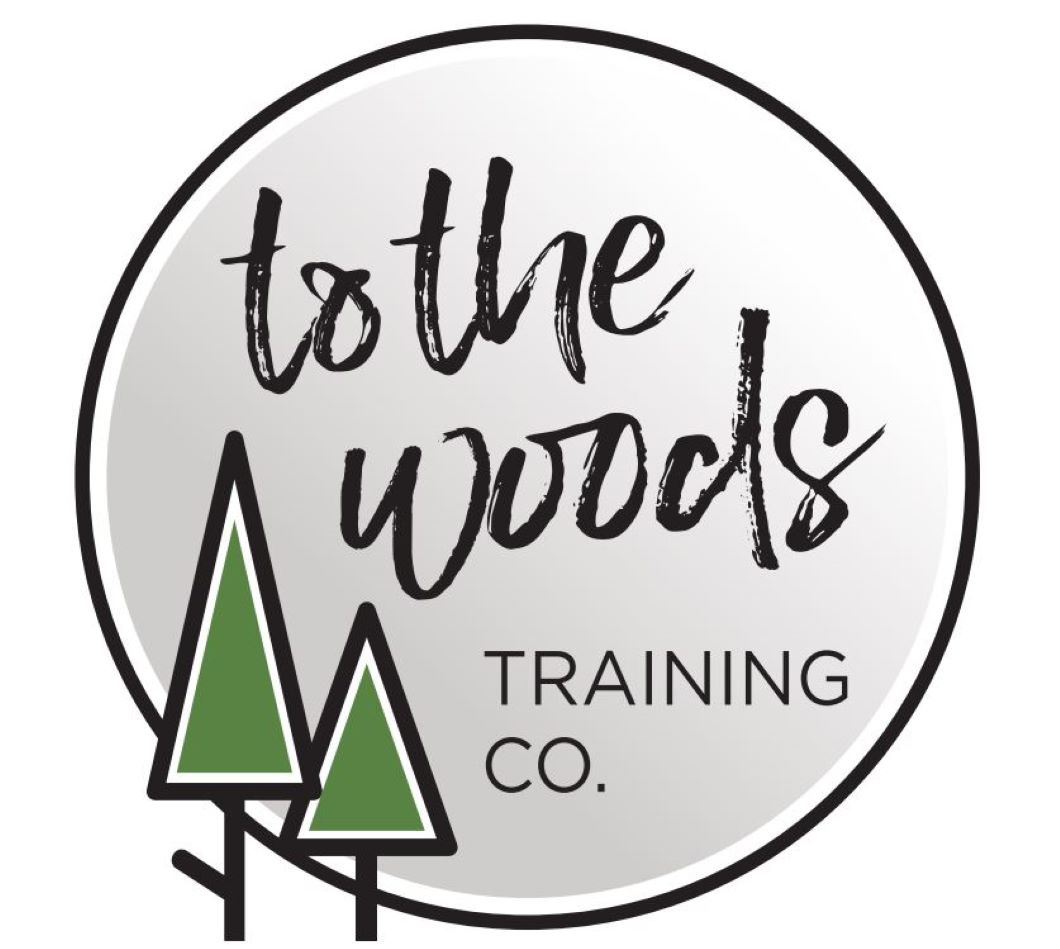
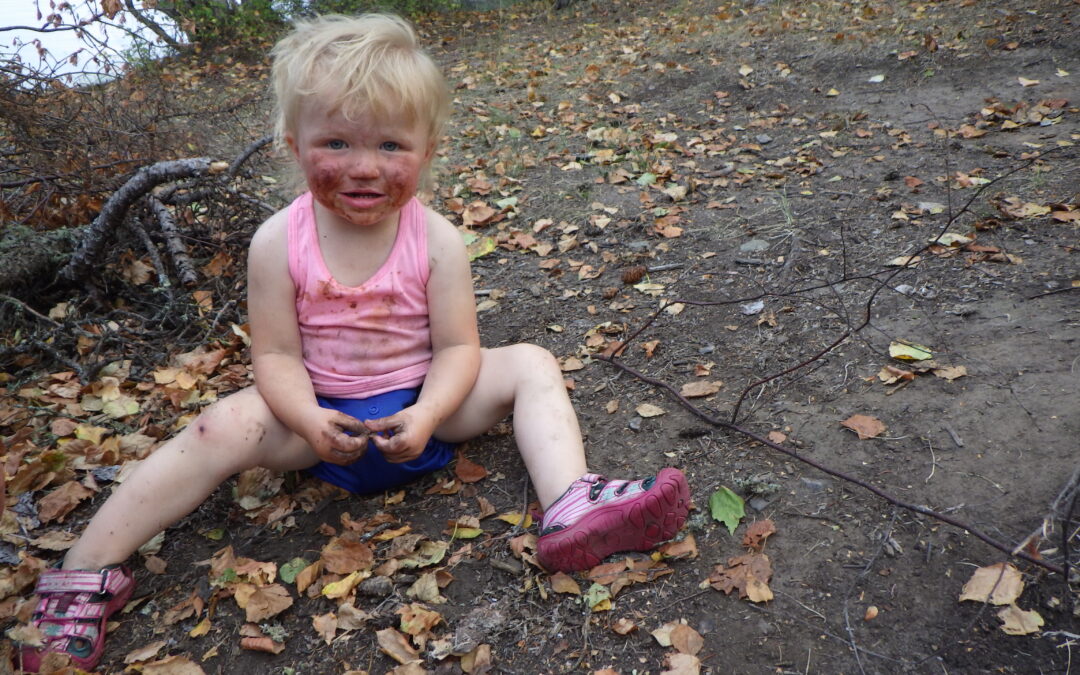
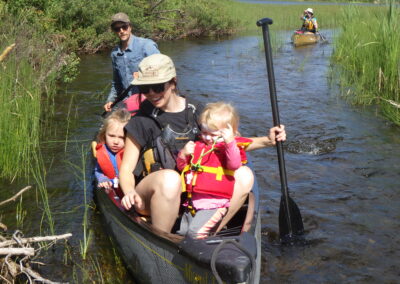
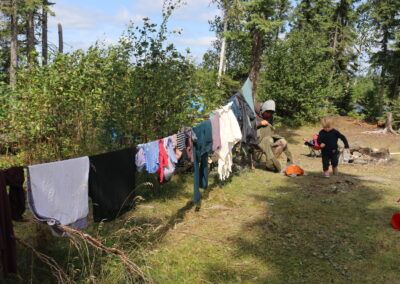
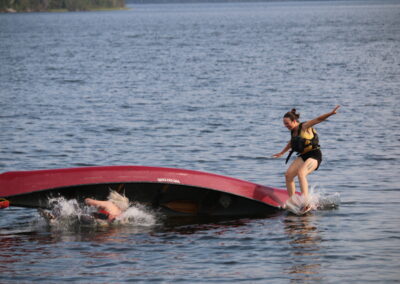
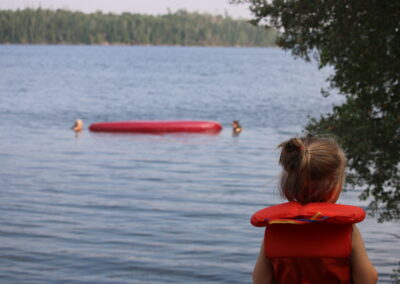
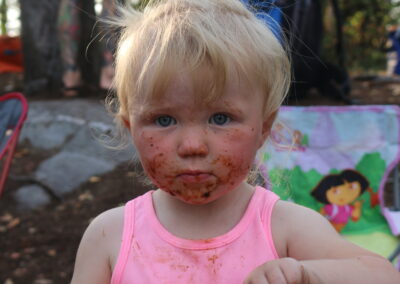
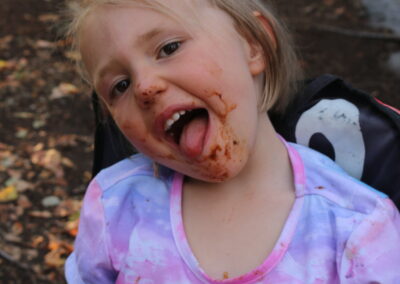
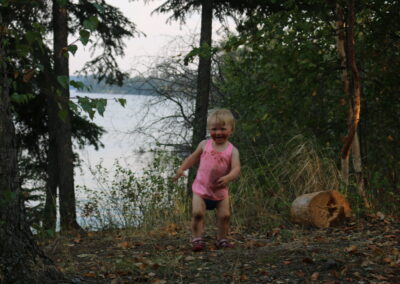
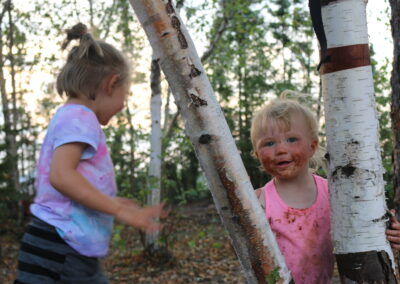
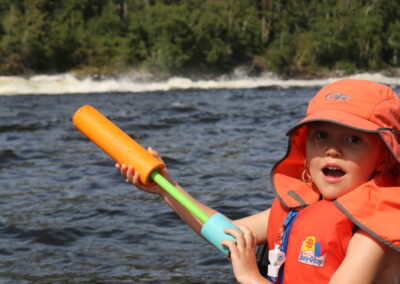
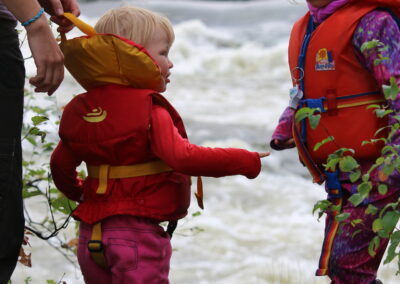
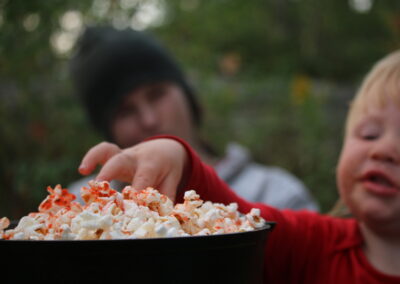
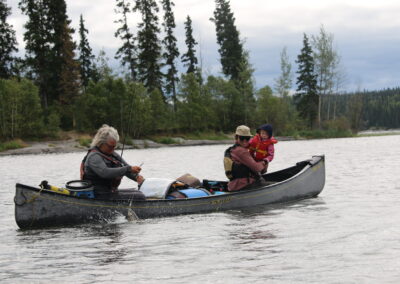
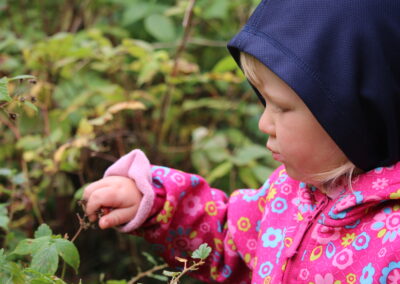
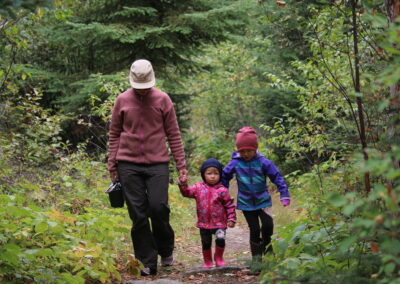
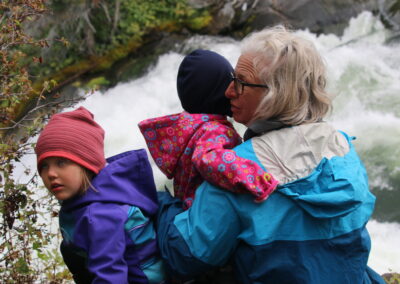
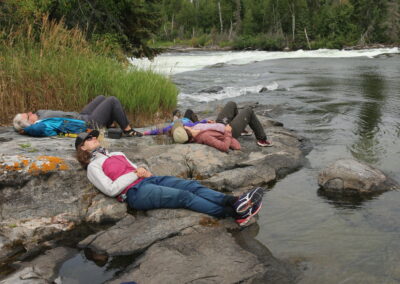
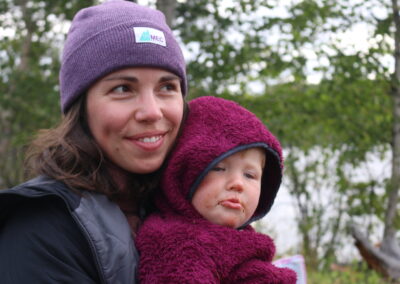
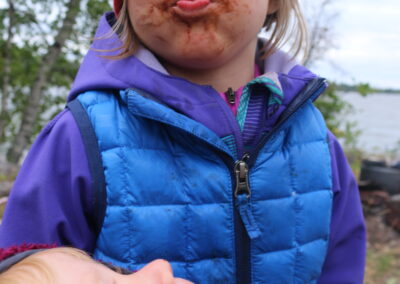
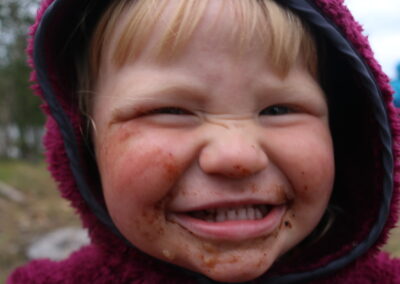
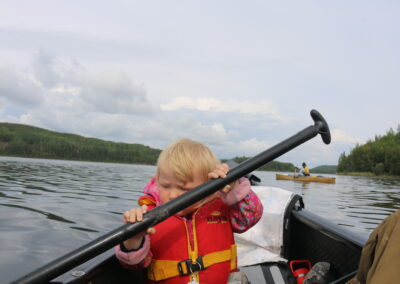
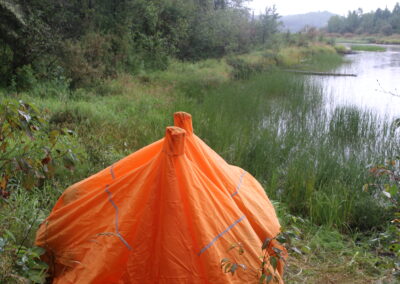

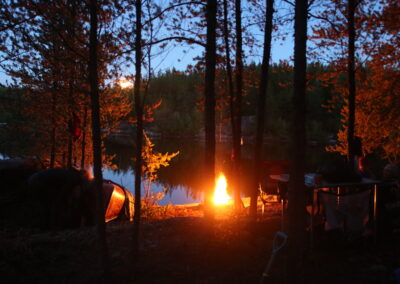
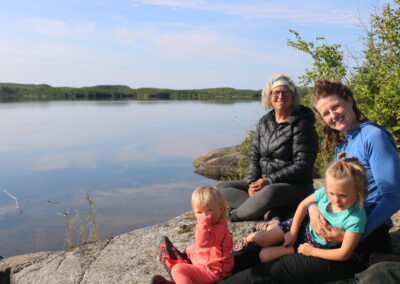
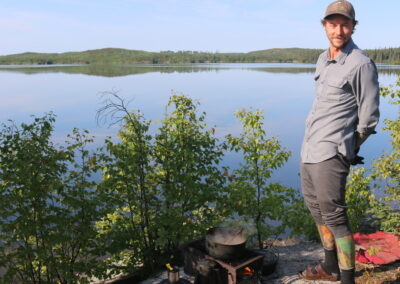
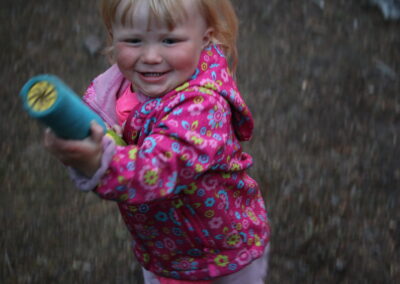
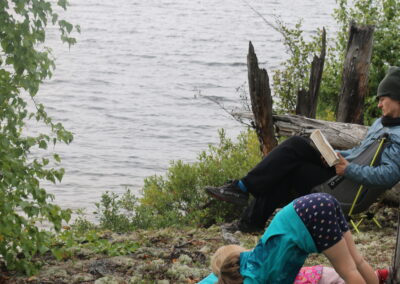
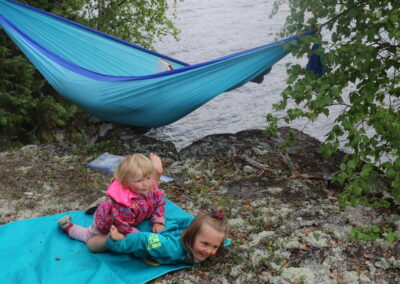
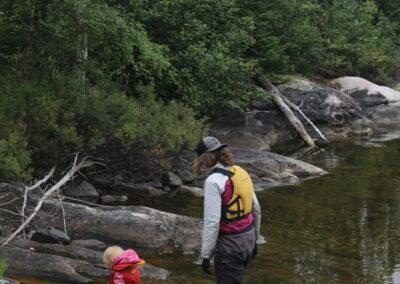
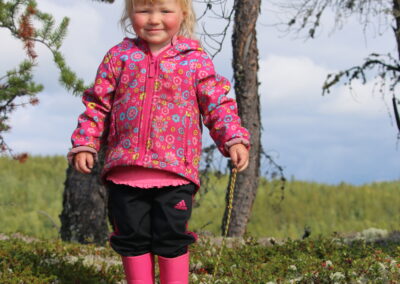
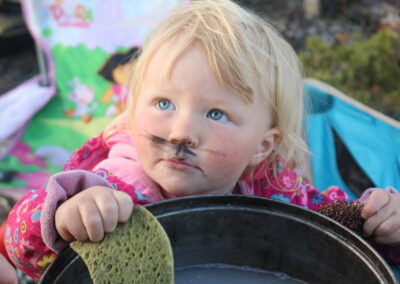
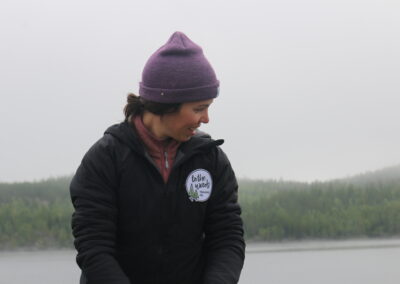
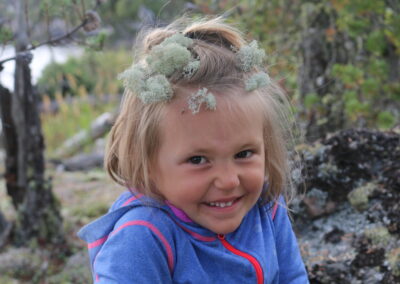
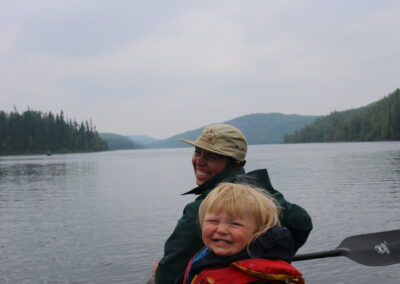
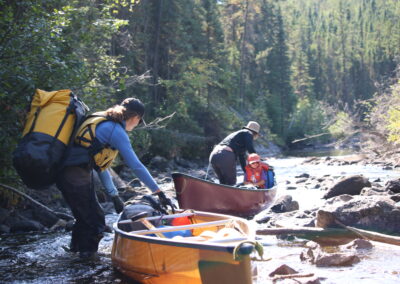
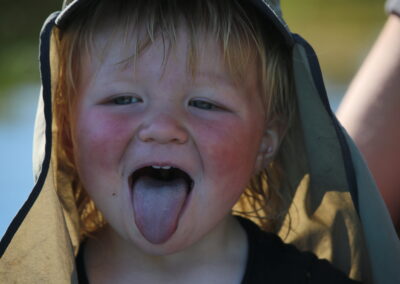

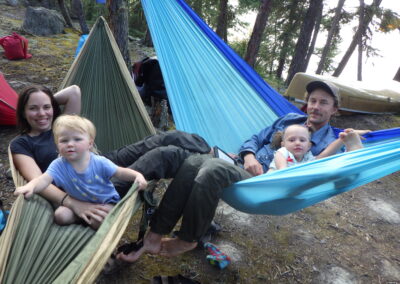
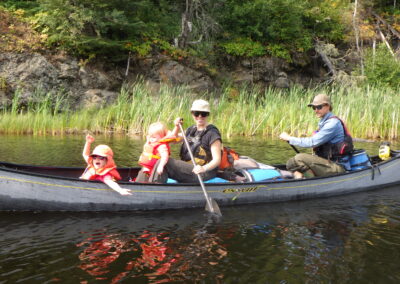
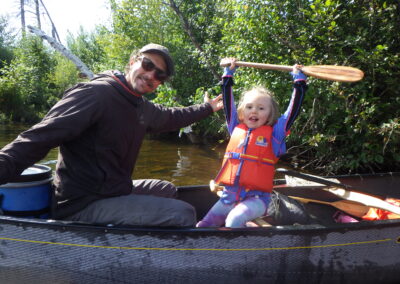
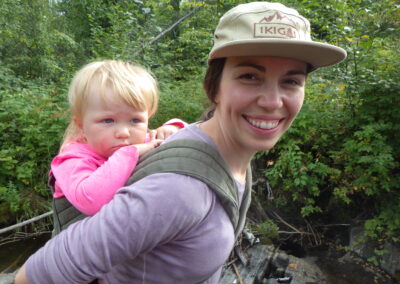
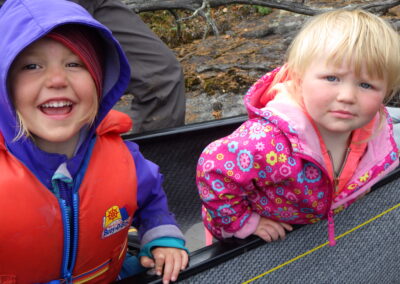
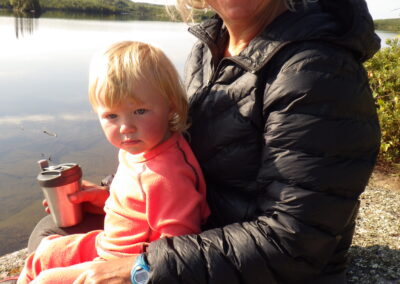
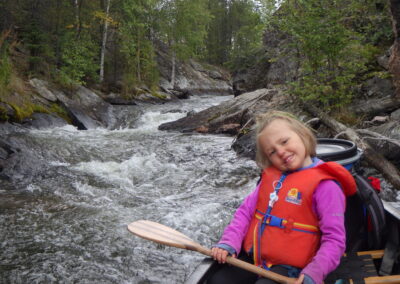
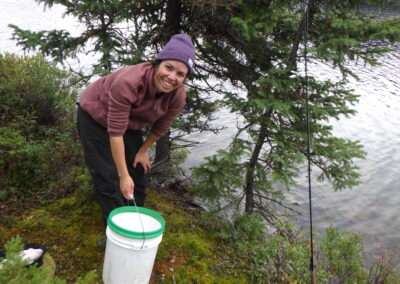
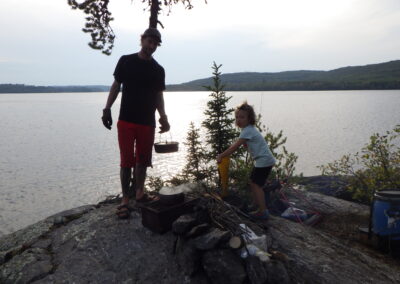

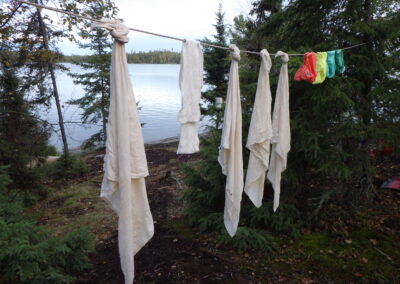
Nice work, Steven. You have shared so many nuggets of wisdom for other folks looking to trip with their little ones. You did a really good job of distilling all of your learnings from the trip. And, your post brought back a lot of fun memories, too. Thanks for sharing!